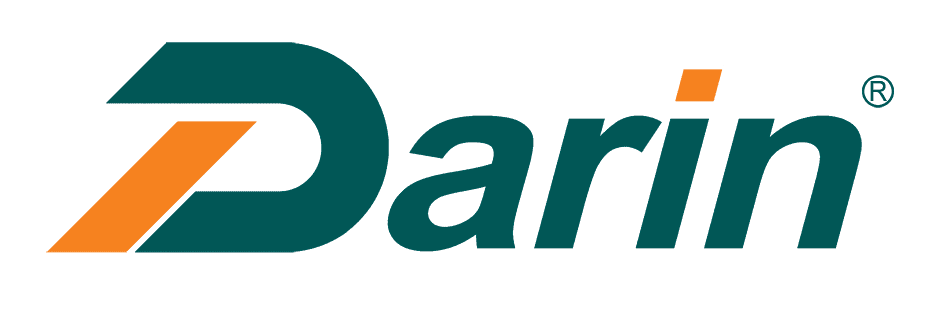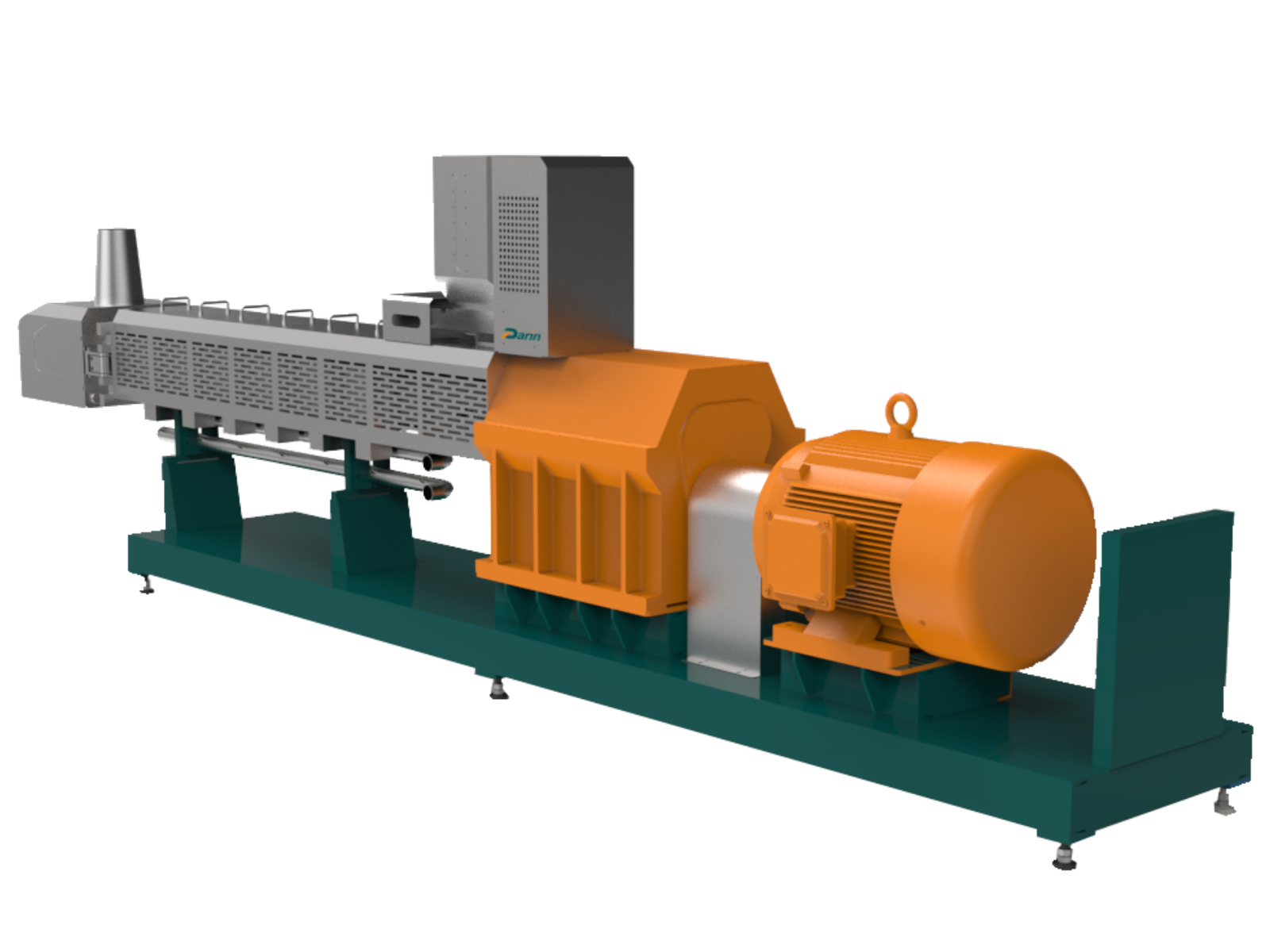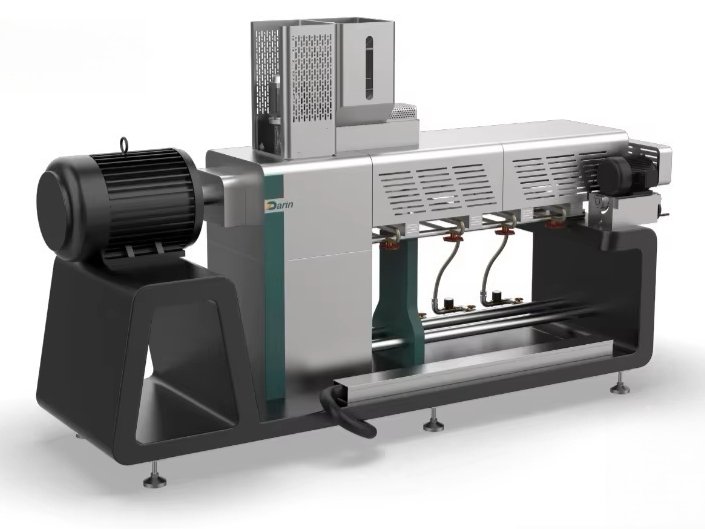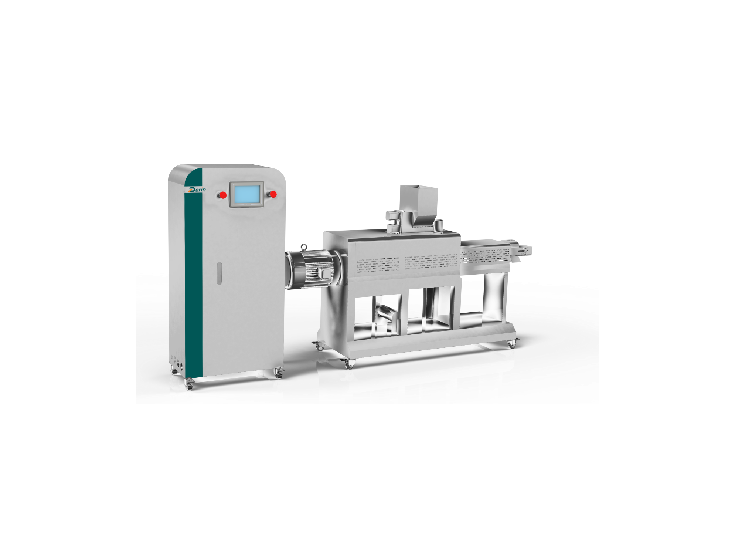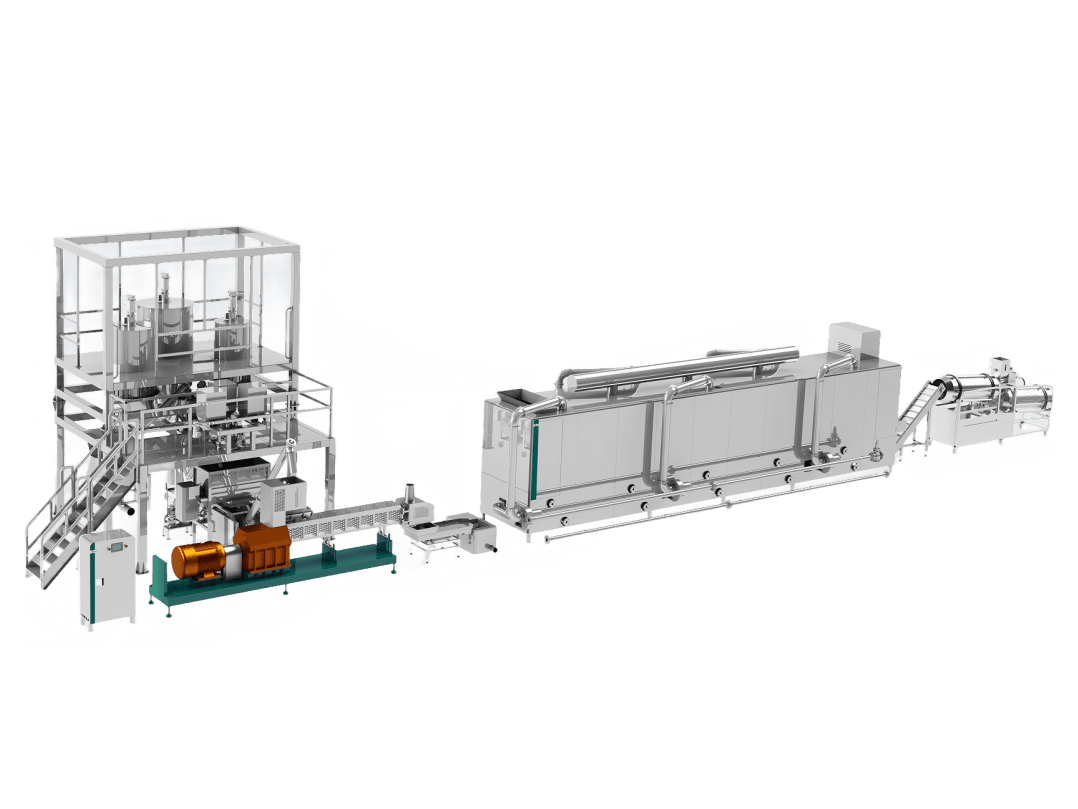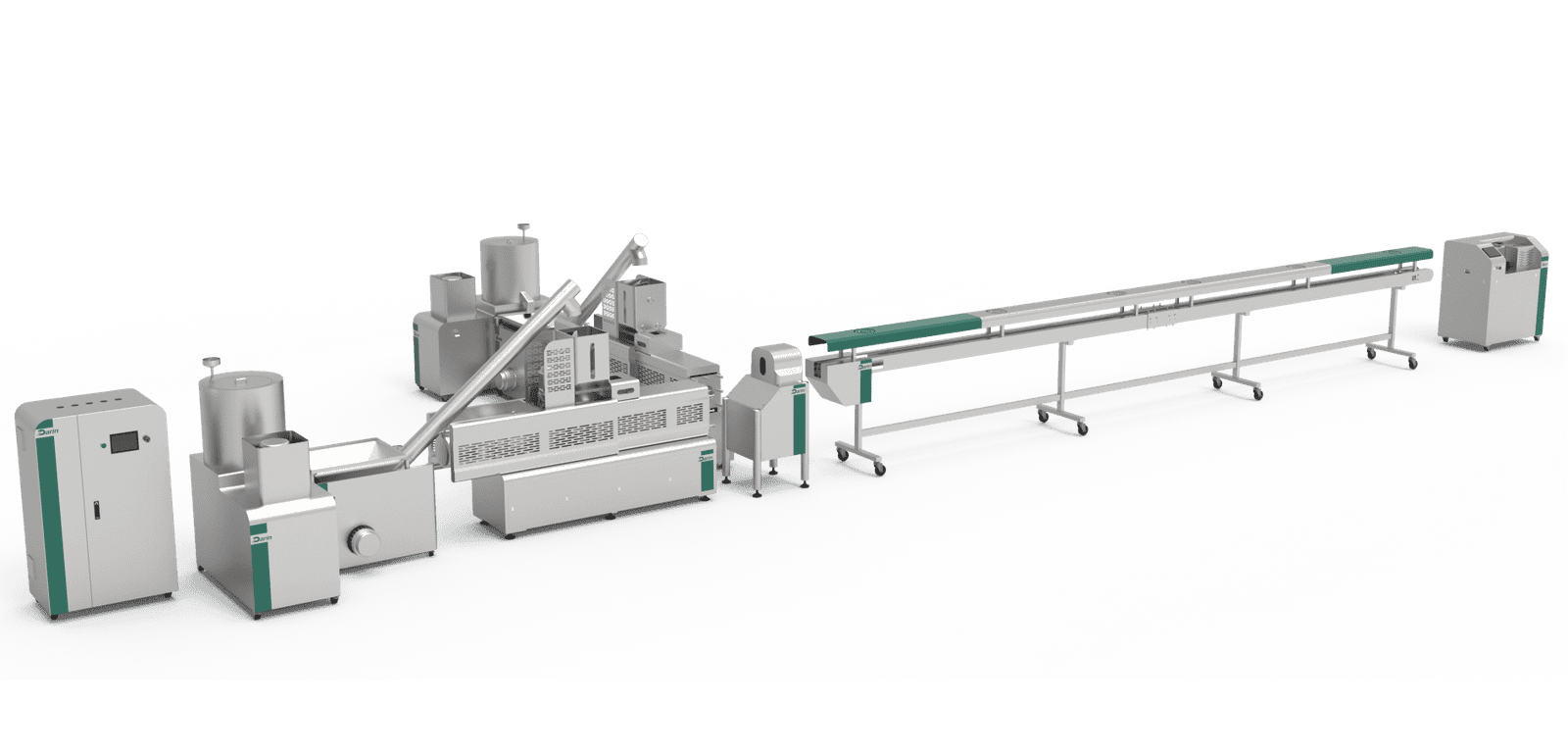
Pet food production is a rapidly growing industry, with manufacturers continuously seeking innovative solutions to produce high-quality pet food efficiently. However, setting up a pet food production line requires a clear understanding of its key specifications to ensure smooth operations, product consistency, and compliance with safety standards. In this article, we’ll explore the core specifications that define an efficient and reliable pet food production line.
An inadequate pet food production line can lead to inconsistent product quality, reduced production capacity, and even safety compliance issues. To solve these challenges, manufacturers must consider crucial technical and operational specifications to optimize performance, enhance output, and maintain high product standards. This article will provide a comprehensive guide to the essential features and requirements of a pet food production line.
The key specifications of a pet food production line include capacity, processing methods, equipment design, ingredient handling, automation levels, hygiene standards, and safety compliance. By focusing on these specifications, manufacturers can ensure efficient and high-quality production processes that meet market demands.
Understanding these specifications will enable you to design or choose the right production line tailored to your specific needs. Let’s delve deeper into the critical aspects that make a pet food production line effective.
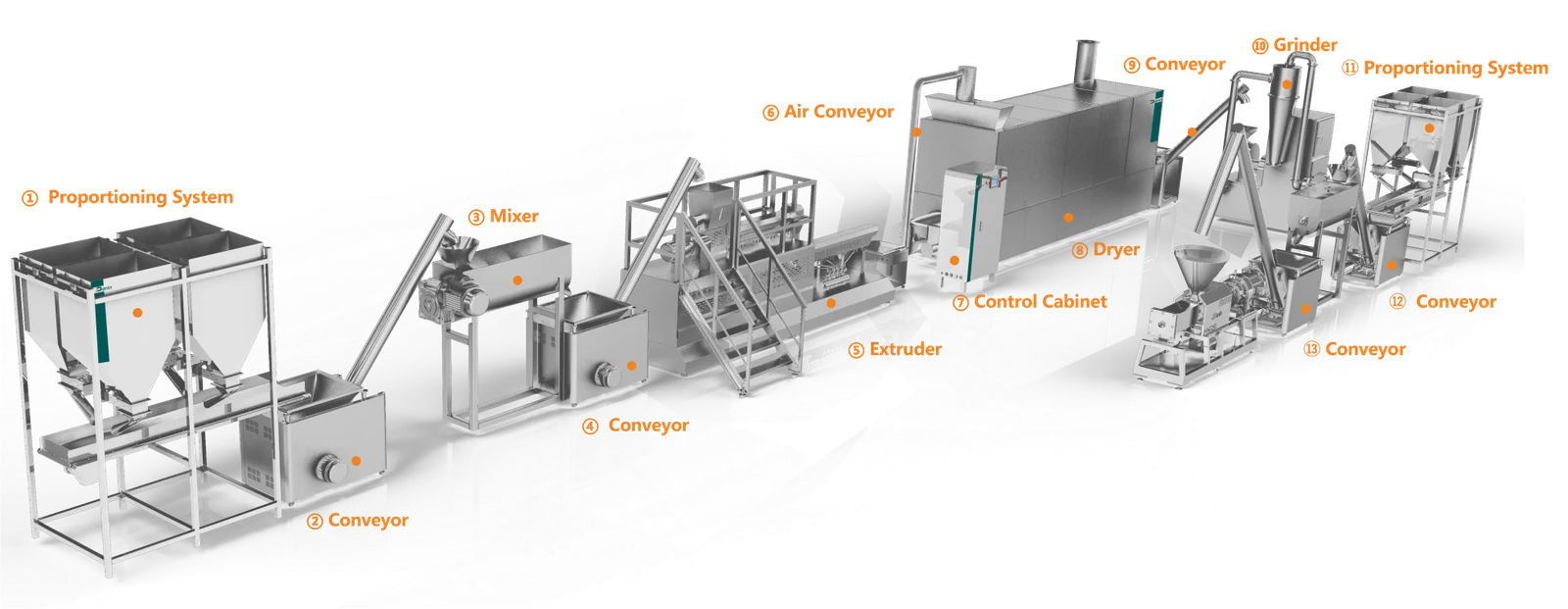
Key Specifications of a Pet Food Production Line
1. Производственная мощность
The capacity of a pet food production line is one of the first considerations. It determines the volume of pet food that can be produced within a specific time frame.
| Production Type | Daily Capacity | Примеры |
|---|---|---|
| Малый | 500–1,000 kg | Specialty or boutique brands |
| Среднемасштабные | 1,000–5,000 kg | Regional production facilities |
| Крупномасштабные | 5,000 kg and above | Industrial operations |
Key factors influencing capacity include the size of the extruder, drying equipment, and storage systems. Aligning capacity with market demand ensures efficient resource utilization and cost management.
2. Методы обработки
Pet food production involves multiple steps that must align with the product type, such as dry kibble, wet food, or semi-moist treats.
- Dry Kibble Production: Involves extrusion, shaping, drying, coating, and packaging.
- Wet Food Production: Includes ingredient mixing, cooking, canning, and sterilization.
- Полумистические лакомства: Require mixing, forming, cooking, cooling, and packing.
Different production lines may specialize in one or combine methods to create diverse products.
3. Core Equipment and Design
A pet food production line is composed of several key machines, each designed for a specific stage in the production process.
| Оборудование | Функция |
|---|---|
| Pre-mixer | Blends raw materials uniformly |
| Экструдер | Shapes and cooks the product |
| Сушилка | Удаляет излишки влаги |
| Система покрытия | Applies fats, oils, and flavor enhancers |
| Упаковочная машина | Packs finished products into bags or cans |
Each piece of equipment should be modular and customizable to accommodate various product specifications and facilitate easy upgrades or maintenance.
4. Обработка ингредиентов
Handling ingredients correctly is essential for maintaining product quality. Key specifications include:
- Storage Systems: Silo systems for grains and automated tanks for liquids ensure proper storage and continuous supply.
- Dosage Accuracy: Advanced dosing systems ensure precise ingredient measurements, reducing waste and maintaining product consistency.
- Feeding Mechanisms: Conveyors, hoppers, and screw feeders transport raw materials efficiently through the line.
Proper handling minimizes contamination risks and ensures compliance with pet food safety standards.
5. Автоматизация и управление
Automation enhances the efficiency and consistency of pet food production lines.
- Control Systems: Advanced PLC (Programmable Logic Controller) systems enable centralized operation and monitoring.
- Контроль качества: Automated systems with inline sensors monitor moisture, density, and shape during production.
- Data Integration: Real-time data collection and analysis optimize performance and reduce downtime.
Automation reduces labor costs and enhances product quality by minimizing human error.
6. Стандарты гигиены и безопасности
Pet food production must meet stringent hygiene and safety requirements. Key specifications include:
- Material Design: Equipment should use stainless steel or other food-grade materials to prevent contamination.
- Cleaning Systems: CIP (Clean-in-Place) systems allow for thorough cleaning without dismantling machinery.
- Соблюдение нормативных требований: Production lines must comply with regulations such as FDA guidelines and FEDIAF (European Pet Food Industry Federation) standards.
7. Энергоэффективность
Energy-efficient production lines reduce operating costs and environmental impact.
| Area | Энергосберегающая функция |
|---|---|
| Экструзия | Энергоэффективные двигатели |
| Сушка | Recirculating heat systems |
| Упаковка | Minimal material wastage |
Investing in energy-efficient equipment can significantly lower utility expenses while supporting sustainability initiatives.
8. Персонализация и масштабируемость
As consumer demands evolve, production lines must adapt. Features to consider:
- Масштабируемость: Lines designed for modular expansion can grow with market demand.
- Персонализация: Flexible designs allow for producing multiple pet food types and flavors.
Visualizing a Pet Food Production Line
Here’s a simplified flowchart for a standard dry kibble production line:
Raw Material Storage --> Pre-Mixing --> Extrusion --> Drying --> Coating --> Packaging --> Finished Product StorageEfficiency Comparison of Automation Levels
| Уровень автоматизации | Эффективность | Требование к труду |
|---|---|---|
| Руководство | Низкий | Высокий |
| Полуавтоматический | Средний | Средний |
| Полностью автоматизированный | Высокий | Низкий |
Заключение
Understanding the key specifications of a pet food production line is crucial for manufacturers looking to optimize efficiency, meet quality standards, and remain competitive in the market. By focusing on production capacity, processing methods, equipment design, automation, hygiene standards, and energy efficiency, businesses can build robust systems tailored to their needs.
Ready to Take the Next Step?
If you are planning to set up or upgrade your pet food production line, contact us today for expert guidance and cutting-edge solutions. Our team can help you design, install, and maintain a production line that delivers consistent results and maximizes your ROI. Let’s build the future of pet food production together!
